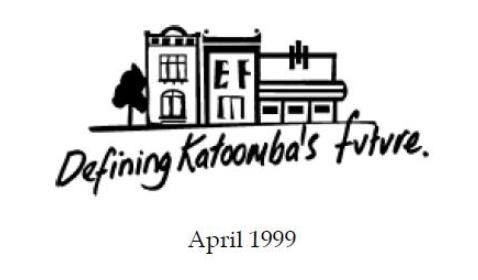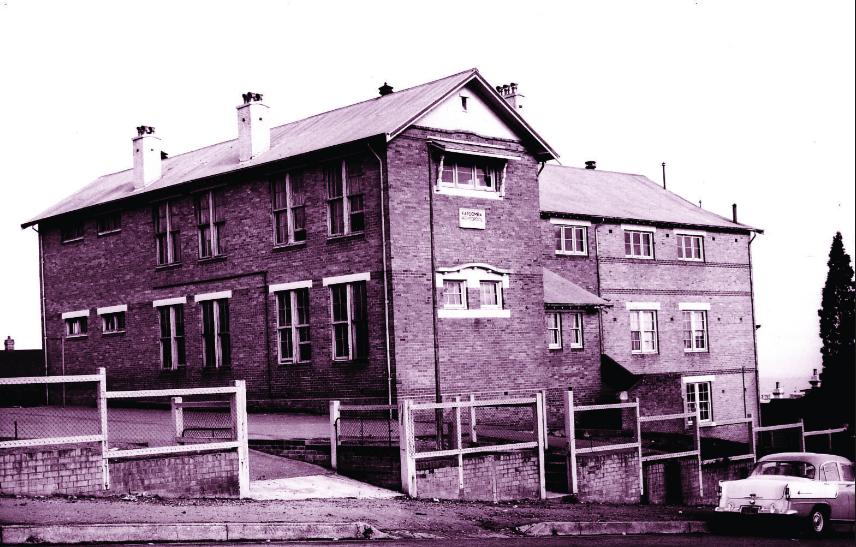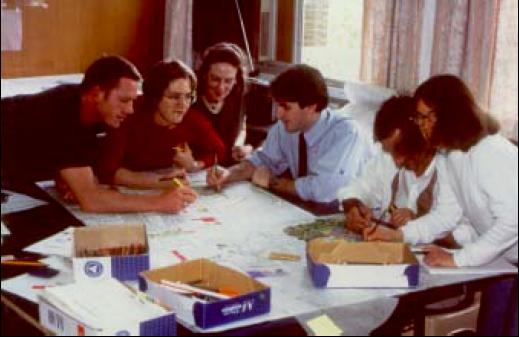Katoomba Charrette – Chapter 6: Katoomba Charrette Objectives

- To clarify a vision for the Katoomba Town Centre, and to achieve community consensus for future planning directions in Katoomba;
- To improve businesses and the town’s image, safety and amenity to gain more benefit from tourism;
- To improve access for pedestrians, cars, and public transport users and to address parking issues related to both the town centre and Echo Point;
- To upgrade Katoomba’s built heritage in the context of the proposed World Heritage listing for the Blue Mountains;
- To achieve more sustainable development;
- To generate new business and employment activities in Katoomba, including mixed use development; and
- To develop proposals for eight key redevelopment sites.
This design charrette methodology to conceived grassroots ideas to revitalise Katoomba’s town centre quickly gained local momentum and evolved into an intensive face-to-face public interactive consultation process engendering mutual trust between interested Katoomba locals.
The sessions were conveniently held at the former Katoomba District (High) School building off Parke Street in Katoomba’s town centre.

This old school building (built in 1912) had been abandoned by the NSW Government (TAFE) long after the school had relocated to its current Martin Street premises in 1960. This author witnessed it firebombed in 2002.
Back in 1998, over the course of a single week between Thursday 22nd and Monday 26th October, dozens of Katoomba residents used their local knowledge to work with a diverse design team to consider all aspects of Katoomba town centre uses.
The all congregated in this old Katoomba high school building.
In the led up to the community meetings, the Katoomba Client Team did an excellent job of drumming up community support for the charrette process. The Katoomba Charrette generated a ground swell of support. Much goodwill trust and hope went into the process. The process was and is rather rare in Australia.
This town design process was a phenomenal team effort by the following key people are acknowledged who made the design happen:
- Chip Kaufman, Lead Urban Designer (ESD)
- Wendy Morris, Charrette Leader (ESD)
- Paul Grimson, Design Charrette Inspiration
- Luke Nicholls, Charrette Manager
- Derek Kemp, urban design employment expert (ESD)
- James Driver, Design Sketch Artist
- John Newbery, Project Steering & Sage
- Warren Ross, local Katoomba Arts Director
- Many Katoomba locals
At the end of the week’s consultative process, a vision, land use proposals, action items and implementation strategy were duly documented. It was intended to form a town planning framework by locals for locals to guide an agreed revitalisation of Katoomba’s town centre, pending Council’s co-operation.

